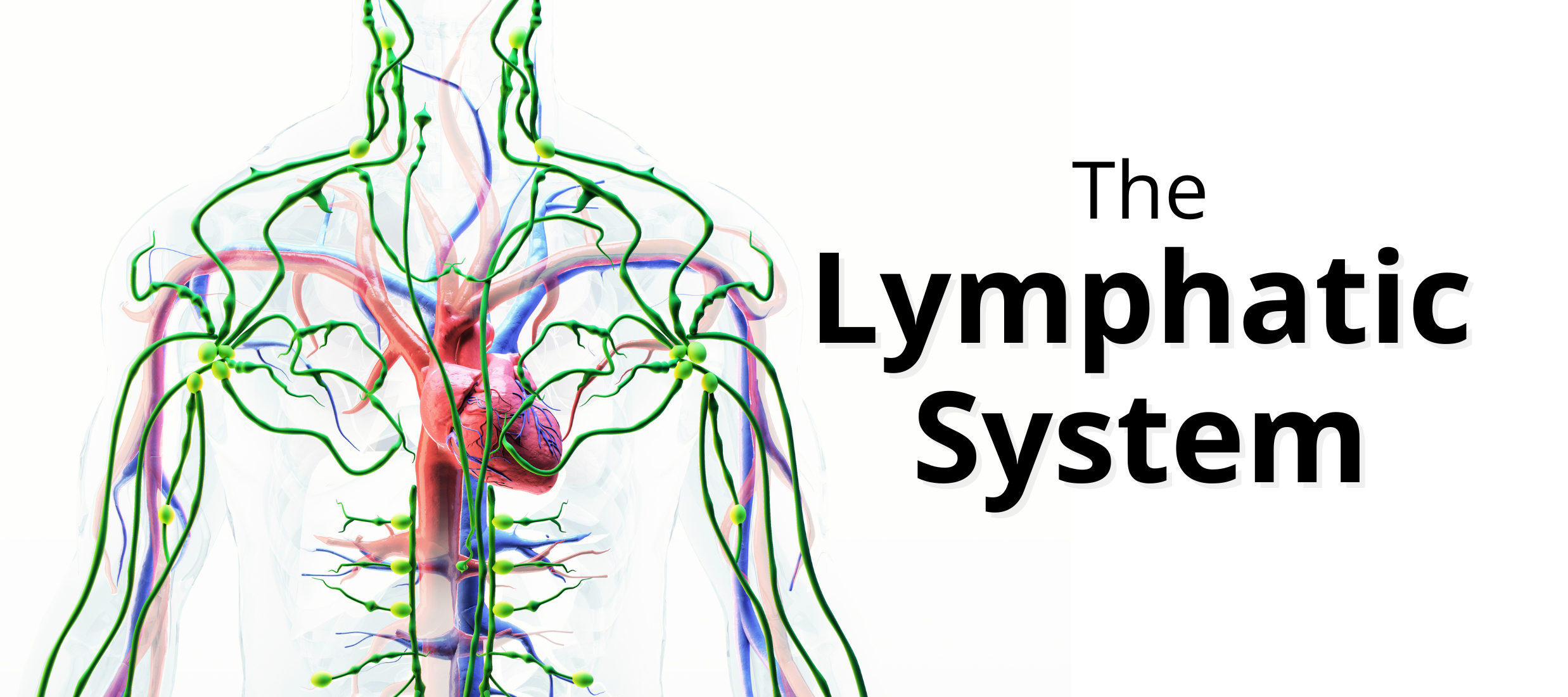| The Lymphatic System |
 Function of the Lymphatic System The lymphatic system’s primary function is to absorb and transport lymph fluid throughout the body. The lymphatic system functions in parallel to the circulatory system, but it is made up of its own circuit of lymph vessels, nodes, and lymphoid tissues. Lymph fluid is made of proteins, water, impurities, and waste products from the body’s tissues. In addition, the system produces and transports immune cells (lymphocytes) that fight bacteria and viruses. Lymph fluid is normally absorbed from body tissues and moves through a series of vessels and lymph nodes. As the fluid passes through the nodes, it is purified of harmful bacteria and viruses. The lymphatic system has regional networks of vessels that are responsible for handling fluid from specific body tissues. The Superficial Lymphatic System The superficial lymphatic system is made up of vessels and nodes that are located just under the superficial skin. Key areas include axillary lymph nodes (which are located in the armpits and filter fluid from the chest, breast, arm, and back) and inguinal lymph nodes (which are located in the bend of the hip and filter fluid from the leg, lower abdomen, buttock, and genital region). The Deep Lymphatic System The deep lymphatic system is made up of larger vessels that are more centrally located and found in the deeper tissues in the body. Key areas include supraclavicular and deep cervical lymph nodes (which are located above the collar bone and along the sides of the neck and filter fluid from the head and neck region) and deep abdominal/pelvic lymph nodes (which are located in the abdomen and surround the organs and intestines in the deeper body cavity). This system of lymph nodes is important to the transport of fluid from all of the lower parts of the body. Lymphoid tissue is found in other areas of the body as well, including the tonsils, spleen, intestinal wall, and bone marrow. Click the buttons below to learn more DISCLAIMER: THIS WEBSITE DOES NOT PROVIDE MEDICAL ADVICE The information, including but not limited to, text, graphics, images, and other material contained on this website are for informational purposes only. No material on this site is intended to be a substitute for professional medical advice, diagnosis or treatment. Always seek the advice of your physician or other qualified healthcare provider with any questions you may have regarding a medical condition or treatment and before undertaking a new health care regimen, and never disregard professional medical advice or delay in seeking it because of something you have read on this website. |